As locals already know and the increasing wave of Soho Beach House gentrifiers will hopefully be too scared to find out, Miami is so much more than the tropical decadence of Miami Beach, and so much more than the “Havana vanities that [came] to dust”. The real magic of the so-called Magic City does not emanate from the wide sea that borders it; it comes from the mainland, from the plazas and the coffee poured out of ventanitas and the Santeros surreptitiously burying chicken heads at crossroads.
Miami owes this and so much more to the city’s long-established Cuban diaspora community. The island’s spiritual traditions and the warmth of its people are a vital part of the landscape. It’s Cubans — and Haitians, Venezuelans, Puerto Ricans, Colombians, Mexicans, and countless other immigrants from across the Caribbean as well as South and Central America — that encompass a large part of Miami’s working class, the people who move the gears of the city. Local photographer Giovanni Mourin has captured this warm everyday magic by way of his photo series, Homestead.
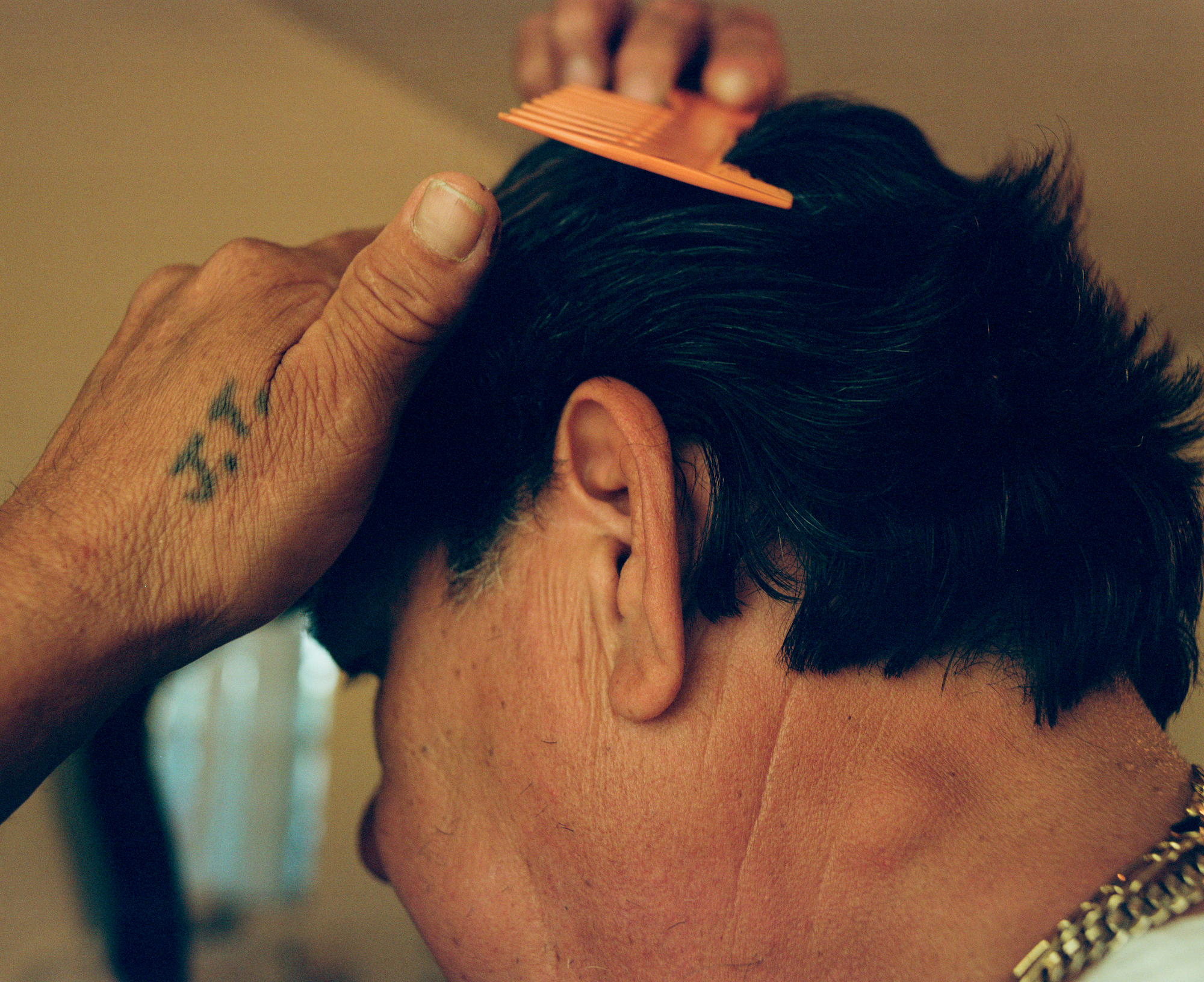
None of the faded glamour of Miami Beach that the public imagination projects onto the city is here. Rather, Giovanni has turned his lens on family members — namely his uncle, who helped set up Homestead as a physical pop-up installation last year — local cockfighting rings, statues of Saints draped in Catholic finery, and Cuban chains stacked on top of a myriad of watches, rings and other prendas. This is a city digital nomads may never know, but one they must understand if they are to truthfully say they live where they live.
Homestead was first exhibited last September, at a 100-year-old hotel-turned art studio in Downtown Miami. “My friend Fared was kind enough to lend me his art studio ‘Rice Hotel’,” Giovanni says, which added that “old worn-in feeling a traditional Hispanic home provides.” Discussing that set-up and how it relates to the photos, he adds: “I hope Homestead showcases a tender yet raw side of what growing up in Miami looks like for those who only know the city for the glorified reputation it’s been given.”
We caught up with Giovanni to talk about Homestead, capturing the extraordinary details of everyday life in Miami and his Cuban roots.
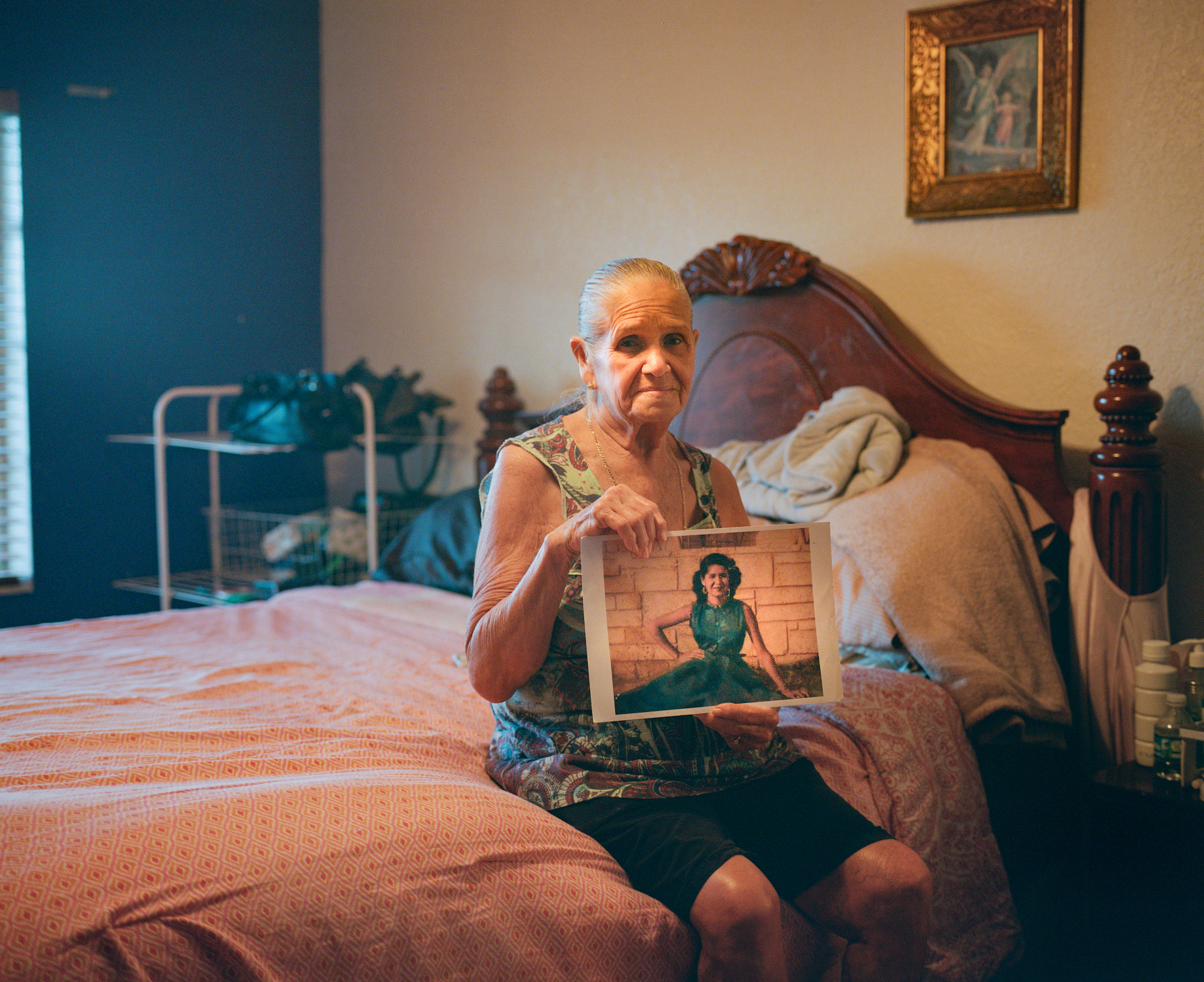
How did you get your start shooting film? Who were your first subjects?
After looking over pictures from my childhood my mom showed me the point and shoot camera that she kept all these years (an Olympus Stylus Epic Zoom 115) and I was instantly drawn to film. Over time my interest in film developed and transitioned into medium format, knowing fewer shots per roll meant being more intentional with what I was capturing. My first subjects were friends I would visit in LA from time to time, capturing what was going on in our everyday lives.
Tell me about Homestead — how did you get the idea for this photo series? Why did you feel it was important to document what you did?
Homestead [refers to] the city I was born in here in Miami, but also means where one resides. This series was meant to represent my roots and upbringing here in Miami. Prior to creating these images, I didn’t have a lot of personal work out in the world. I wanted Homestead to highlight the people and my surroundings that made me who I am today. It felt important to have a sort of footprint reflecting my upbringing, so those who discover my work have an idea of my background as they hopefully follow my career.
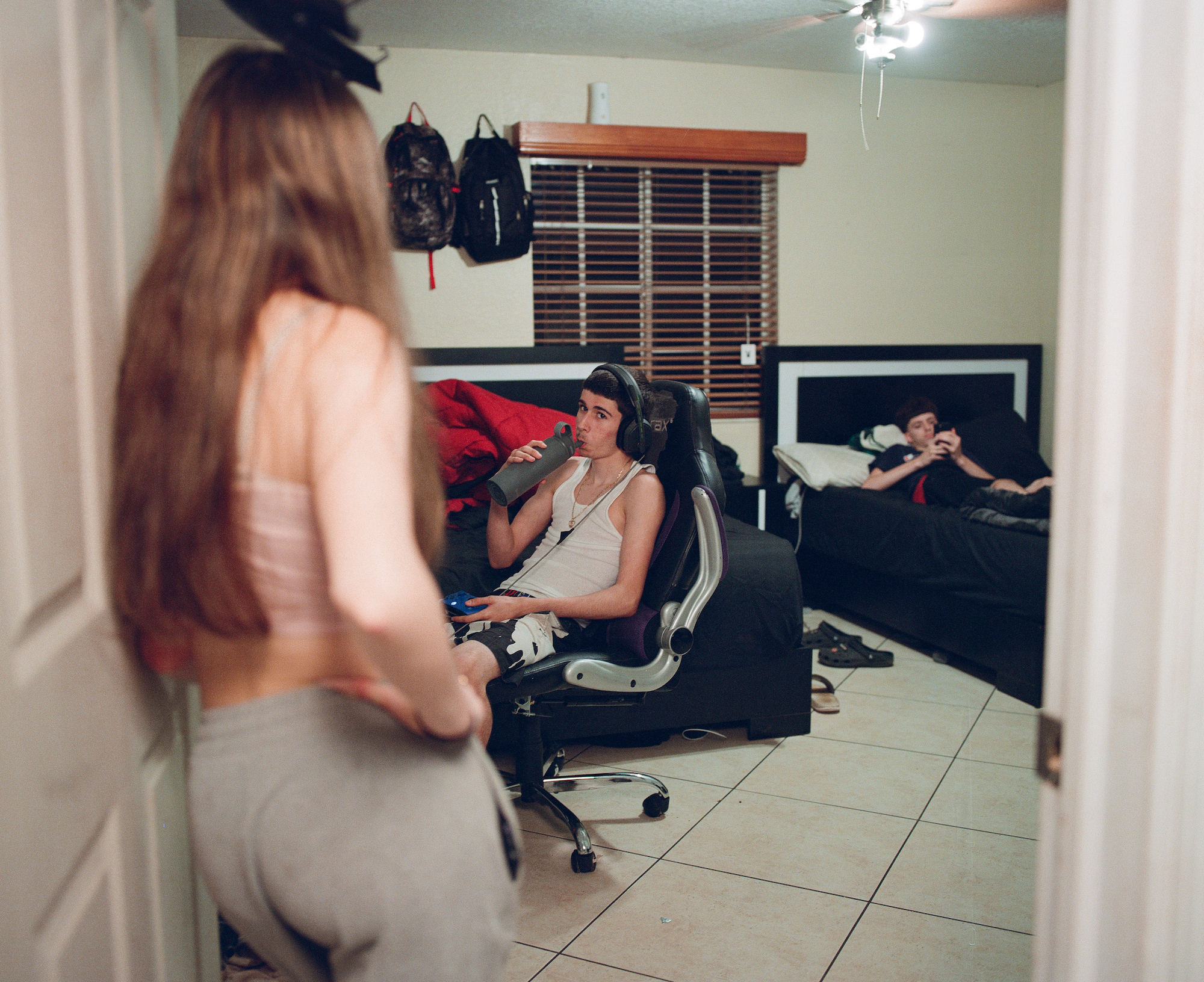
It’s natural to turn your lens toward what was immediately around you — and Cuban culture is all over Miami. As a diaspora kid who grew up in that community, does photographing your family connect you to your roots, or would you say your work is more emblematic of that specific cultural cross fusion so specific to Miami?
I would say it’s a mixture of both. Since the show was a mix of those who raised me and places or things that remind me of my upbringing, I believe there’s an even blend of the two. My family members and their roots had a direct impact on my perspective of life, and my surroundings reflect Miami culture and the influence it can have on anyone raised in this city. My roots relate back to the cultural cross-fusion here in Miami, in one way or another.
The layout of the exhibition’s interior recalls the aesthetics of a typical home in inner Miami, what the Soho Beach House set coming from New York straight to SoBe would never see. Can you speak to the way you curated the actual space that the photos are exhibited in and the community that helped you?
The layout was very intentional, to make people feel a sense of home when they walked in. I wanted to give a sense of nostalgia to those who grew up in a Hispanic home here in Miami. All the furniture was sourced between my two grandma’s houses. I wanted to create little moments for the viewers to live through, from the my Abuela’s rocking chair to the TV in the corner playing childhood favorites, as an ode to spending weekends at my grandma’s house. My uncle played such a huge role in this show. Not only was he the most featured, but he also spent the whole week going up and down from Homestead to Downtown Miami to install the show with me. We spent every day transporting furniture and set-designing the room. Forever grateful for him for helping make my vision come true.
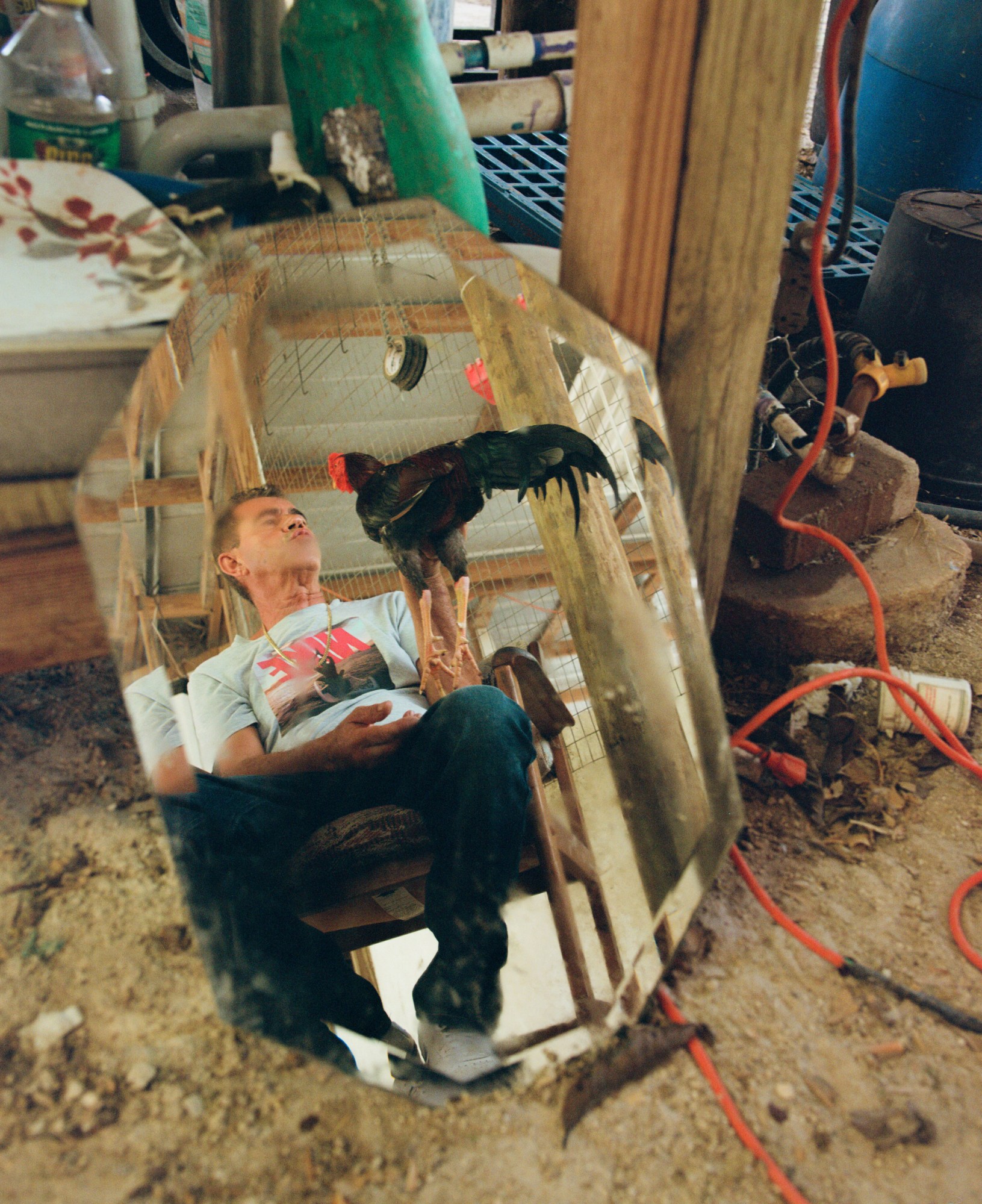
The names of your images range from the direct (a statue of San Lazaro titled after the saint) to the metaphorical (“Precious Time,” that moving portrait of a woman holding a photo of her younger self). Can you tell me about how you went about choosing names for the images?
Each title, even the ones with a more direct description, has a deeper story. I wanted the name of each photo to best reflect the subject matter which felt most important. A photo such as “Precious Time” reflects on the time we spend with our elders as well as the time they’ve spent on this earth. In that portrait, I had my Abuela holding a photo of her younger self to showcase the delicacy between her youth and her precious time left on this earth. The photo was captured before she was diagnosed with cancer, and I was glad I had the chance to spend time with her listening to our childhood stories and capturing her in all of her essences.
There’s a glorification of the everyday in your images that I find incredibly tender, a documentation and exaltation of “the real Miami,” as it were. Would you say as you’ve developed your photography practice you’re looking for those quotidian details, the things that humanize an extraordinary subject, or the things that make an ordinary subject extraordinary?
A well-composed photo that hits all the marks will always capture the viewer’s eye, but what I feel really draws that person in is if they can relate to what they’re looking at. With my personal work, I do my best to include a sense of everyday life with the intention that you feel this photo was taken right in your backyard. I strive to present these subjects as gracefully as possible to represent the beauty in these everyday moments. A lot of the time, we go searching for beauty around the world and forget what beauty exists right under our feet.

How do you hope Homestead reaches people, if you have that hope at all?
Miami has a side to it that’s filled with culture that is the essence of what the city is built on. I want this project to represent that, and for people to feel that [essence] when coming across the series.
What’s next?
Currently, I’m working towards an extension of Homestead, capturing extended family members such as my little cousins and telling their stories of hardship and having to mature at a faster rate due to unfortunate circumstances. I want to not only tell their stories, but also connect to them through this process. I hope that they feel comfortable to open up more to me as their older cousin.
Outside of that, I’m waiting for something to really capture my attention. I’m stuck in this loop of telling the story of Miami through my personal experiences, but I’m also equally excited for something to capture my attention in a way that it feels like I’m called on to document this subject.
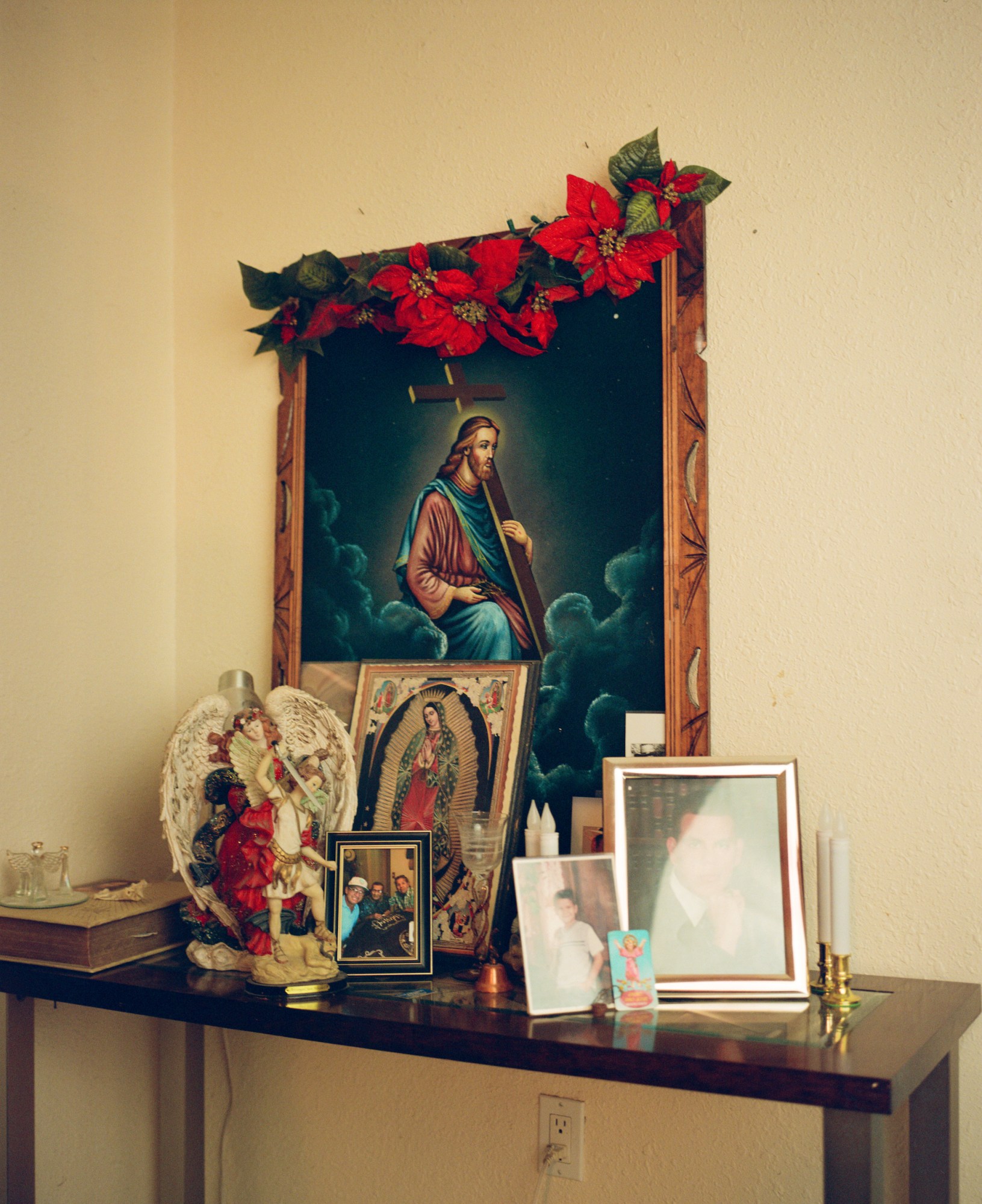
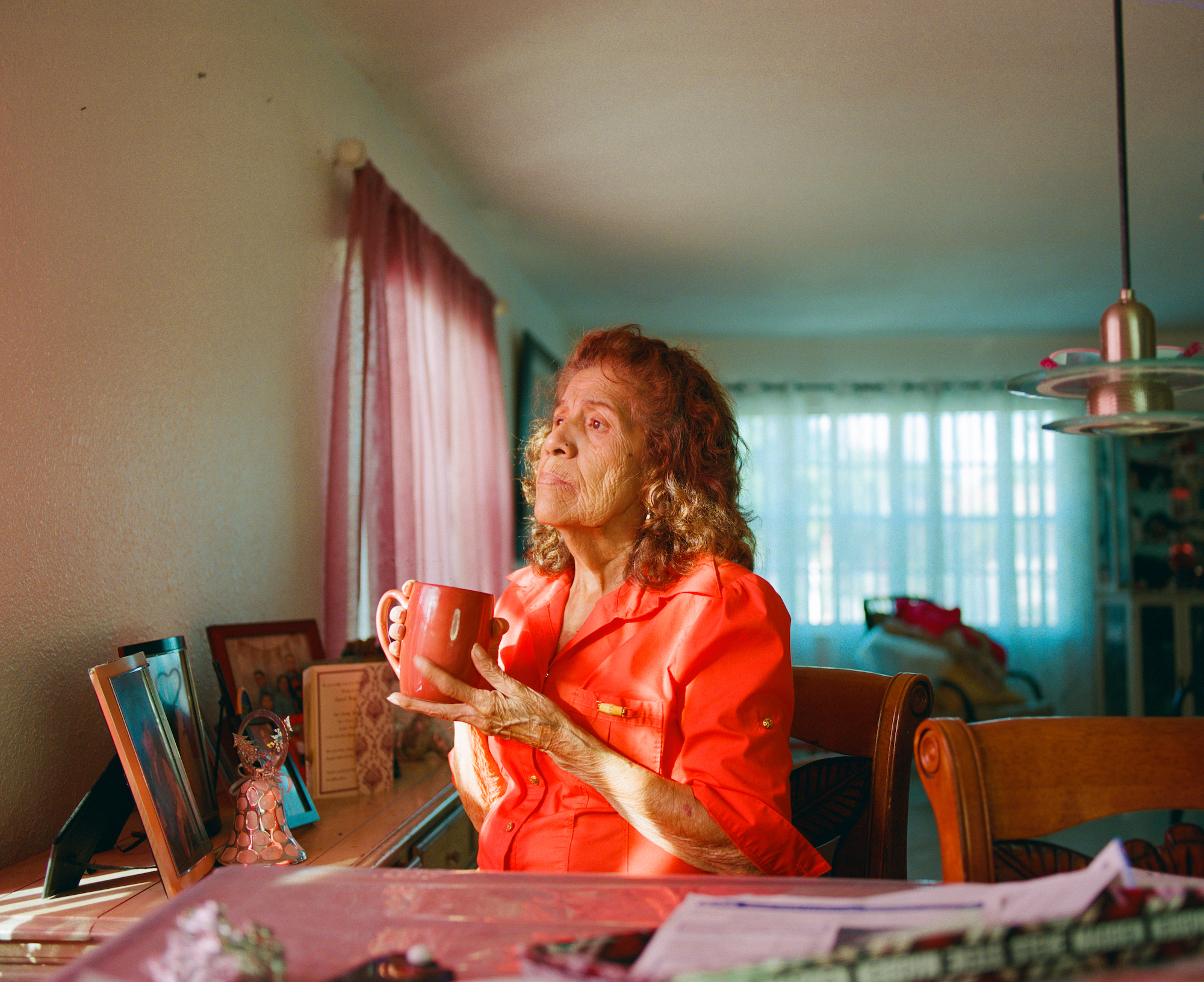
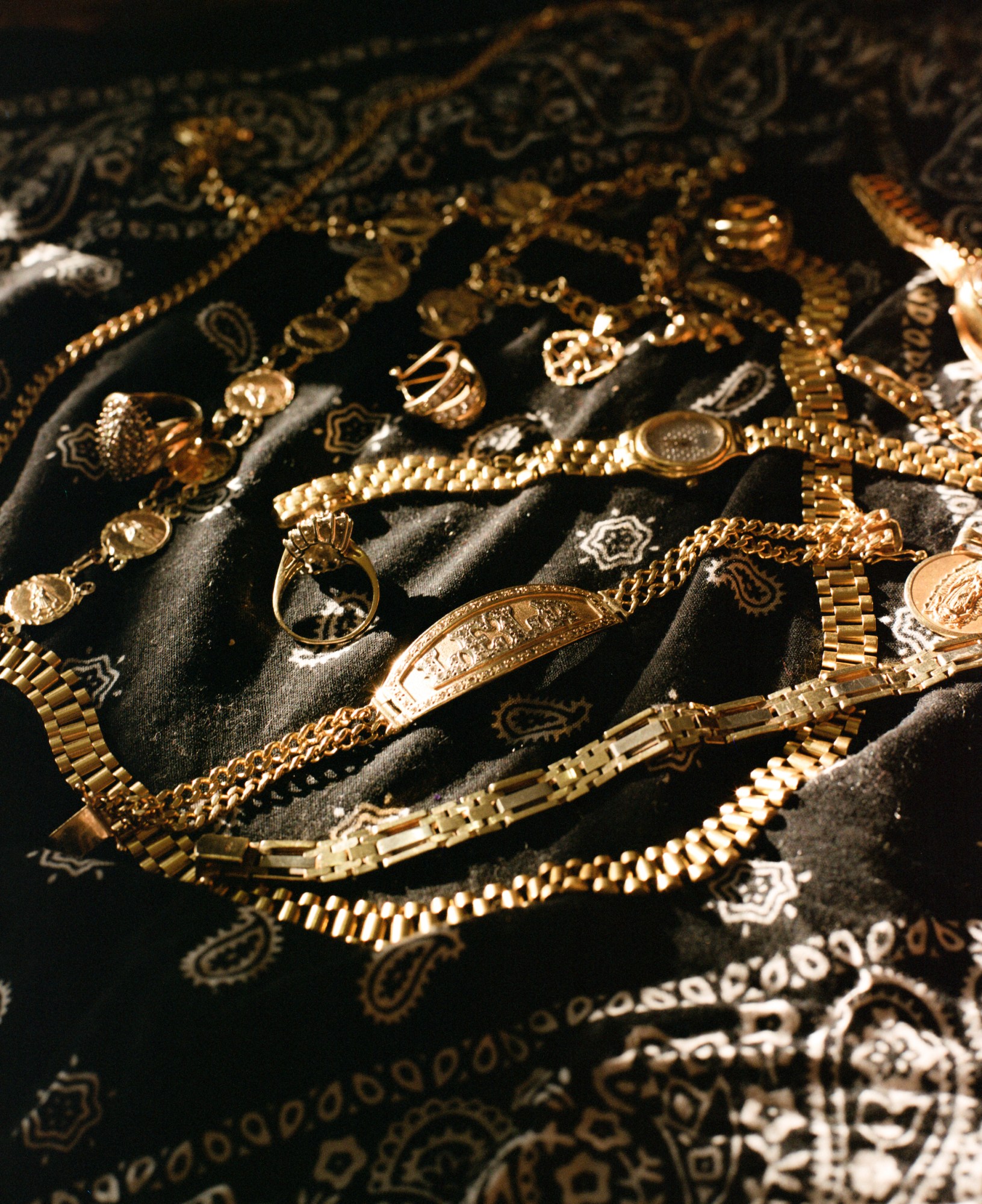
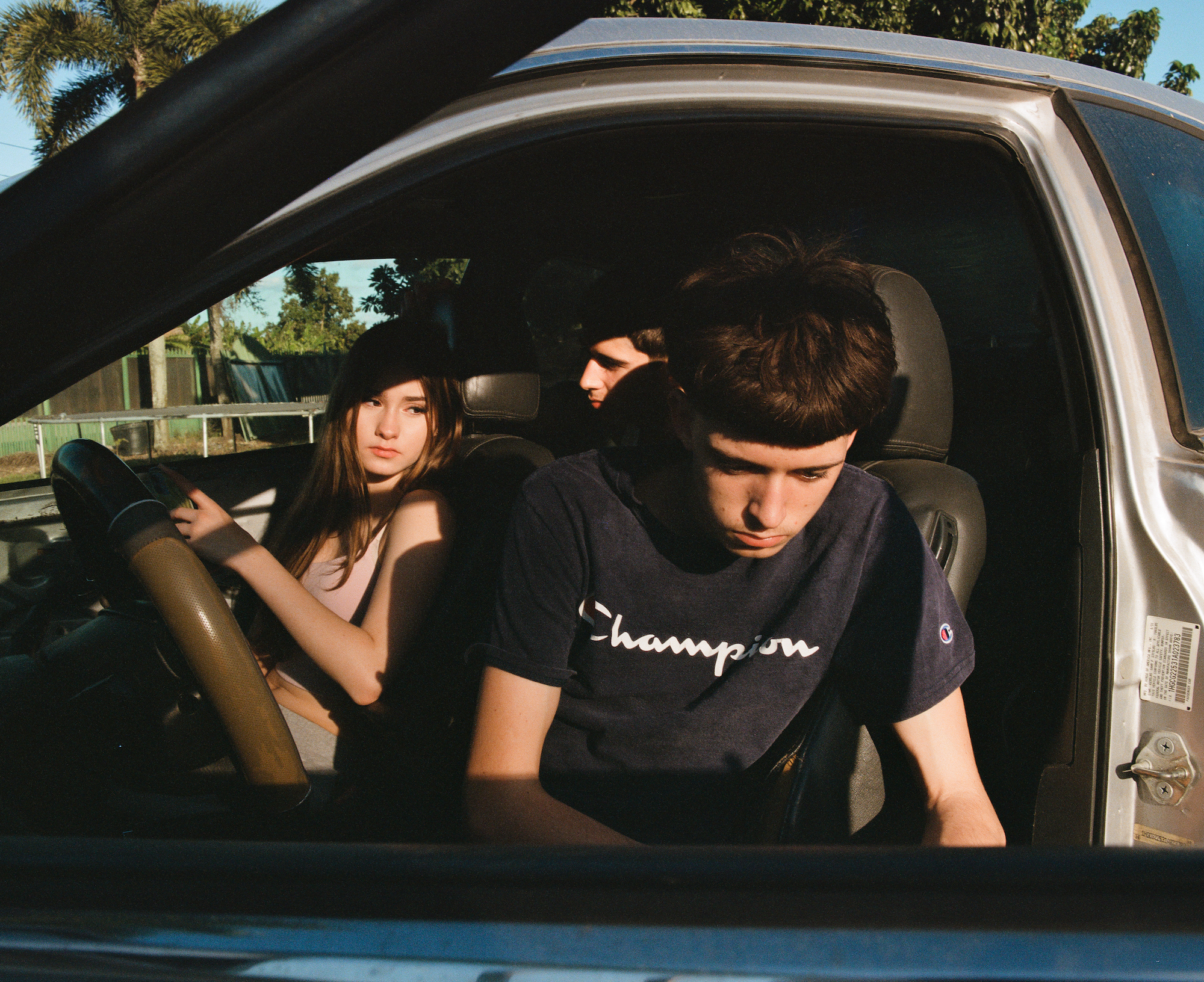
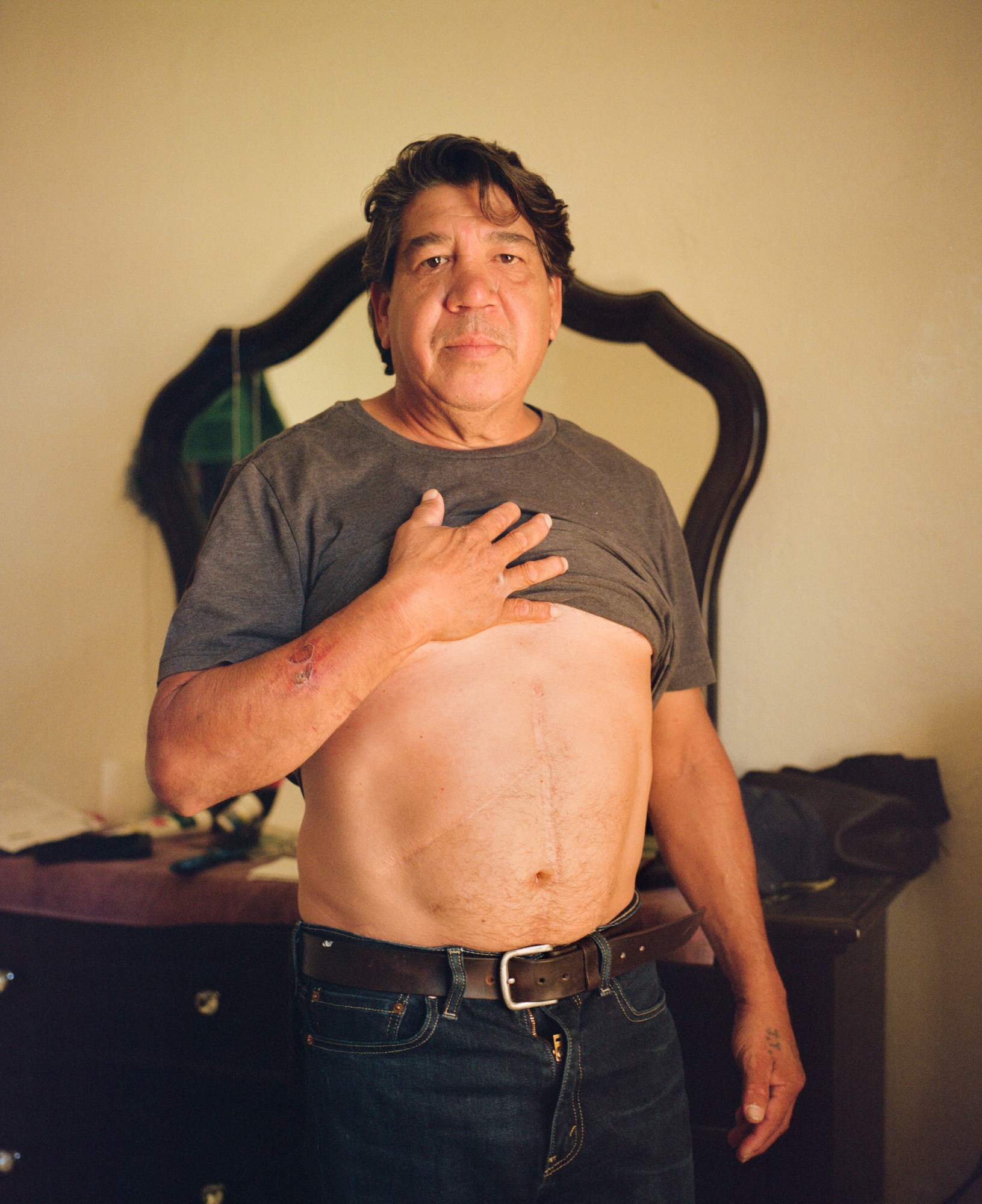
Credits
Photography Giovanni Mourin

